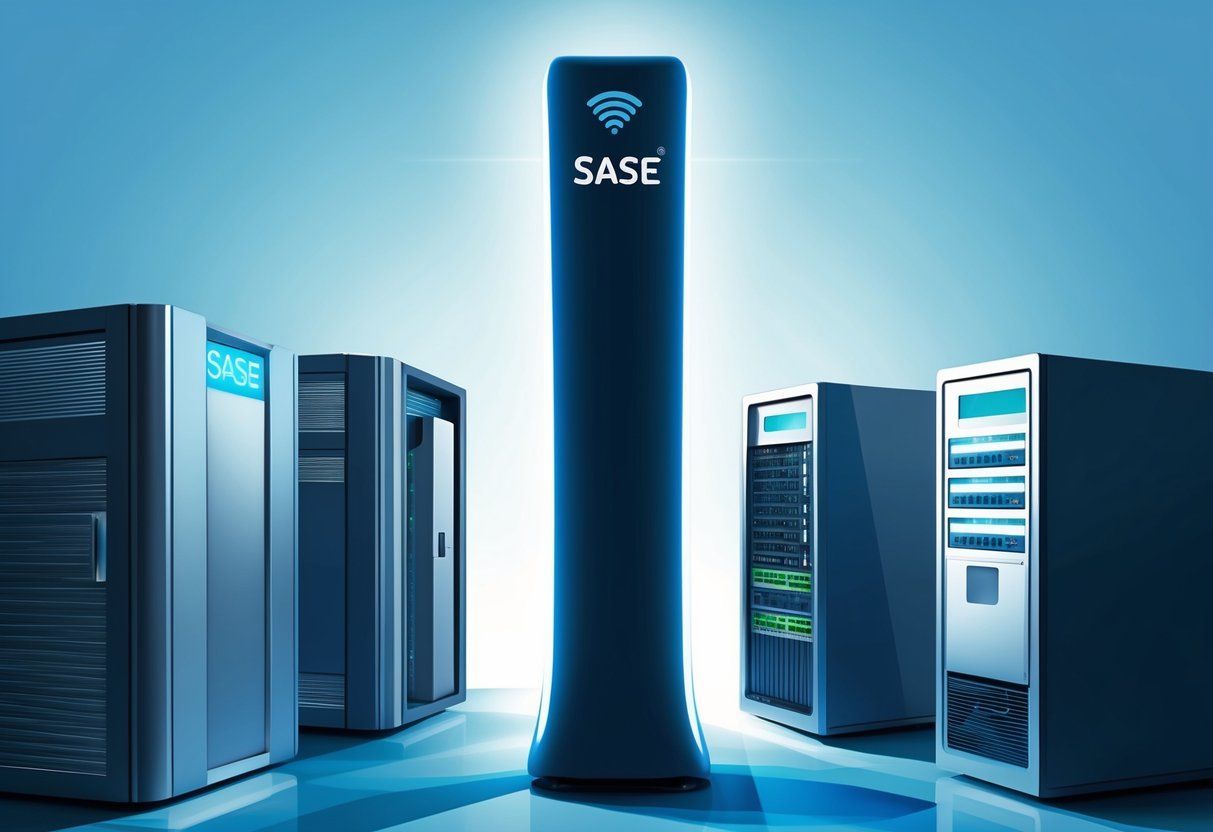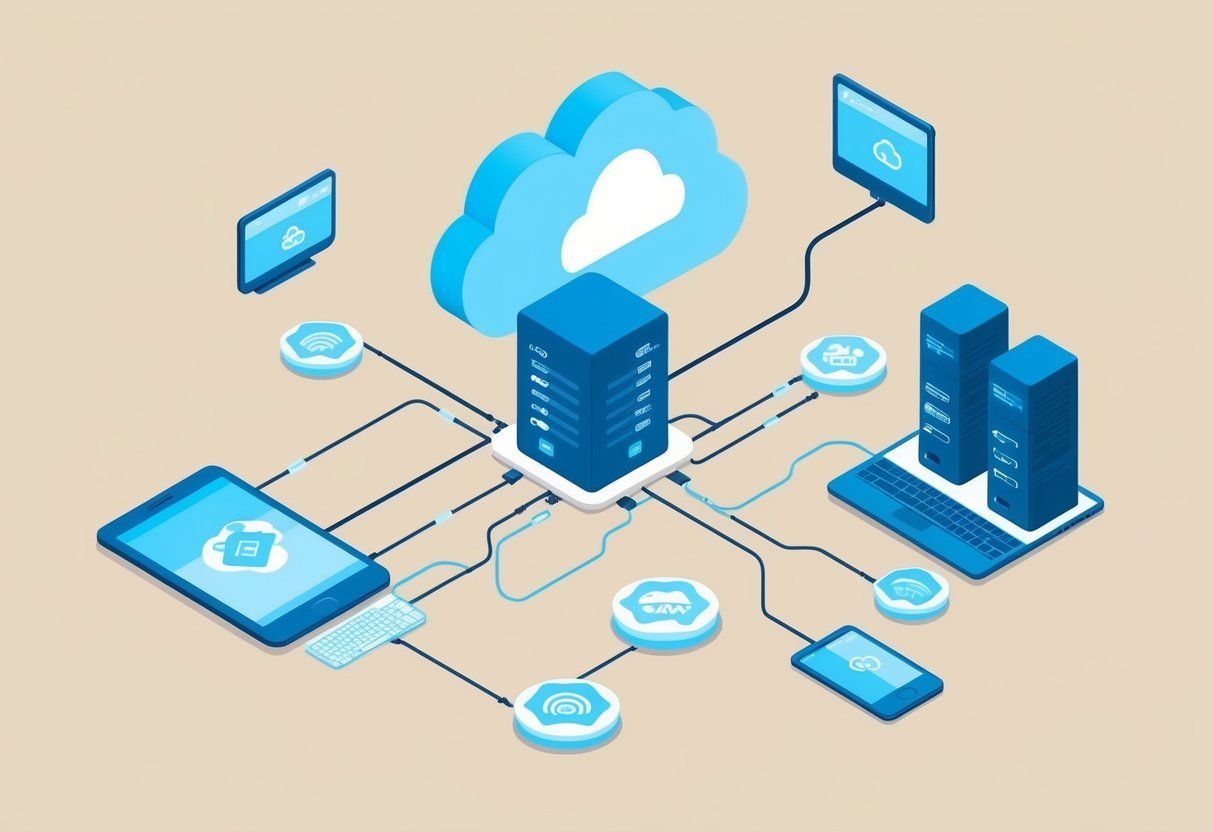What is SASE: Revolutionizing Network Security in the Cloud Era
What is SASE?

SASE, which stands for Secure Access Service Edge, is a new approach to network architecture. It combines network connectivity and security functions into one cloud-based platform. This model moves away from older methods that kept security separate from the network.
SASE helps companies deal with the challenges of cloud computing . It creates a single network that works over the Internet. This setup gives better control and visibility across all users and apps.
Key features of SASE include:
- Cloud-based delivery
- Unified security and networking
- Centralized policy control
- Consistent user experience
SASE is changing how businesses manage their networks. It removes the need for many separate security tools. Instead, it offers a simpler, more effective way to protect data and applications.
How SASE Differs from Classic Network Setups

SASE brings a fresh approach to networking and security. It moves away from the old model where everything goes through a main data center. In the past, users and offices linked to this center through private networks or VPNs. This worked when most apps and data lived in one place.
Today’s world is different. With cloud services and remote work, the old way doesn’t cut it. SASE puts network controls at the cloud’s edge instead of a central spot. It combines network and security into one system, making things simpler.
Here’s what SASE does better:
- Handles cloud apps without extra steps
- Fits remote work needs more easily
- Uses identity-based security at the edge
- Lets any user or device connect safely from anywhere
SASE improves on these areas:
| Feature | SASE | Traditional |
|---|---|---|
| WAN optimization | Built-in | Separate tool |
| Edge computing | Native support | Limited |
| Network performance | Enhanced | Can be slow |
| Security | Integrated | Often bolted on |
SASE makes networks more flexible. It helps companies adapt to new tech and work styles without losing control or safety.
What does SASE offer?

SASE brings together several key capabilities to simplify and secure network infrastructure. It combines network services with security functions, all managed from a single interface.
Network connectivity is made easier through tools like SD-WAN. This links different networks into one unified corporate network.
Security is enhanced by applying protective measures to traffic entering and leaving the network. This helps keep users, devices, and data safe from threats.
SASE also includes operational services for network monitoring and logging across the platform.
At its core, SASE uses a policy engine. This applies security rules based on context and enforces them across all connected services.
Some key elements SASE may provide:
- Cloud-based security
- Threat detection and prevention
- Data protection
- Identity-based access control
- Multi-cloud support
- Distributed points of presence
By unifying these elements, SASE aims to streamline network management and boost security.
Key Technology Elements of SASE Platforms
SASE platforms combine several important security and networking technologies. These work together to protect data and provide secure access across distributed networks.
Zero Trust Network Access (ZTNA)
ZTNA is a core part of SASE. It checks users, devices, and apps every time they try to access network resources. This helps stop threats from both inside and outside the network.
Web Traffic Filtering
SASE includes tools to filter web content and block risky online behavior. This helps prevent cyber threats
and protect sensitive data as employees browse the internet.
Cloud App Security
As more companies use cloud services, keeping data safe becomes harder. SASE platforms have features to control and monitor cloud app usage. This gives IT teams better visibility into cloud-based tools.
Network Connectivity
SASE uses advanced networking to connect offices and other sites:
- Software-defined WAN (SD-WAN): Makes networks easier to manage
- WAN-as-a-Service: Uses the cloud to improve performance and cut costs
Advanced Firewalls
SASE incorporates next-gen firewalls that do more than basic ones. They can:
- Understand apps
- Stop intrusions
- Use threat data to block hidden dangers
Some SASE systems may also include:
- Email security
- Web app protection
- DNS security
SASE brings these tools together in one package. This helps companies:
- Simplify their IT setup
- Improve security
- Support remote work
- Manage cloud services better
Key features of SASE include:
| Feature | Benefit |
|---|---|
| Cloud-based | Easy to scale and update |
| Integrated security | Better protection across systems |
| Centralized management | Simpler for IT teams to control |
| Identity-aware | Adapts security based on user and device |
SASE platforms often use multi-factor authentication to verify users. They may also check device health before allowing access.
By combining networking and security, SASE aims to:
- Cut down on separate tools
- Boost network performance
- Strengthen overall security
As cyber threats grow more complex, SASE offers a way for businesses to stay protected. It helps secure both office and remote workers, no matter where they connect from.
Key Advantages of SASE Solutions
SASE platforms offer many benefits for modern organizations. They boost security by using Zero Trust principles . This means users must prove who they are before accessing data, even if they’re on the company network. SASE looks at things like where users are, what device they’re using, and company rules to decide if access is okay.
SASE helps save money by combining many security tools into one cloud service. This means fewer vendors to deal with and less time spent trying to make different products work together.
It makes IT work easier and faster. Teams can set and change security rules for all locations, users, devices, and apps from one place. This helps fix problems more quickly.
SASE improves how people work from anywhere. It finds the fastest network path based on traffic. This means less waiting for remote workers.
Here are some more ways SASE helps:
- Better user experience
- More flexible and quick to change
- Easier to follow rules and laws
- Same security everywhere
- Less delay in connections
- Better insights from data
- Simpler management
- Lower IT costs
- Keeps an eye on digital experiences
- Less complex to run
- Grows or shrinks as needed
- Uses smart computer learning
- Works more efficiently
SASE brings together networking and security. This makes it easier to spot threats and fill in security gaps. It also makes running the network simpler, which is great for companies with people working in different places.
Common SASE Use Cases
SASE offers several key benefits for modern businesses. It helps improve access to resources and network connections. By using a global cloud network, SASE can process data closer to users. This cuts down on delays and makes work smoother for people in different places.
SASE is great for companies with hybrid workforces . It allows staff to work from anywhere while keeping data safe. This setup works well for full-time employees, short-term workers, and outside partners.
Security is a big plus with SASE. It applies the same safety rules to all users, no matter where they are. SASE checks all network traffic, which helps stop many types of attacks. These include:
- Malware
- Phishing across different channels
- Insider threats
- Data theft
SASE also helps with data rules. It can see all network requests and apply the right policies. This helps businesses follow data privacy laws.
For companies with many offices, SASE makes things easier. It can replace old systems and link different sites. This makes it simpler to send data between offices.
SASE is changing how businesses handle remote work . It’s moving away from old VPN systems to a more flexible approach. This new method lets people use work tools from any place, while keeping everything secure.
With SASE, companies can better manage who sees what. This is great for working with outside helpers without giving them too much access. It keeps company secrets safe while still letting work get done.
How SASE and SSE differ in network security approaches
SASE and SSE are two network security models that have gained traction in recent years. While they share some similarities, they have key differences in scope and focus.
SASE takes a comprehensive approach to network security and connectivity. It combines networking functions like SD-WAN with security services in a unified cloud-based framework. The goal is to provide secure, optimized access to all organizational resources.
SSE, on the other hand, narrows its focus to cloud-centric security services. It leaves out the networking aspects that SASE includes. SSE aims to secure access to web, cloud, and private applications without addressing network connectivity itself.
Both models typically include these core security capabilities:
- Secure Web Gateway (SWG)
- Cloud Access Security Broker (CASB)
- Zero Trust Network Access (ZTNA)
Some key differences between SASE and SSE:
| SASE | SSE |
|---|---|
| Includes networking (e.g. SD-WAN) | Focuses only on security |
| Unified framework for network and security | Security services only |
| Addresses connectivity and optimization | Does not handle network connectivity |
SSE can be seen as a subset of SASE focused purely on security. Some organizations may choose to start with SSE and potentially expand to full SASE later on.
Beyond the core capabilities, some SASE and SSE platforms offer additional features:
- Remote Browser Isolation (RBI): Runs web code in the cloud to protect against threats
- Data Loss Prevention (DLP): Detects and prevents unauthorized data transfers
- Digital Experience Monitoring (DEM): Tracks user experiences and application performance
Organizations may choose between SASE and SSE based on their needs and existing infrastructure. Those with established SD-WAN setups might opt for SSE to enhance security without changing their networking. Others may prefer SASE for a fully integrated approach.
How Cloudflare Powers Secure Network Access
Cloudflare One offers a robust platform for protecting company systems, people, and data. It uses a global network of servers to connect and safeguard traffic. This setup allows for quick, safe links between different networks, cloud systems, programs, and users.
Key features of Cloudflare One include:
- Security checks near the user
- Smooth connectivity across various environments
- Fast performance due to widespread server locations
The platform handles:
• Application security
• User protection
• Device management
• Network safety
By placing security tools close to traffic sources, Cloudflare One ensures:
- Quick response times
- Consistent user experiences
- Thorough traffic inspection
This approach helps companies stay safe while maintaining speed and ease of use for their teams.
Common Questions About SASE
What makes up a SASE system?
A SASE system combines several key parts:
- Cloud-based security tools
- Software-defined networking
- Zero trust network access
- Firewalls as a service
- Secure web gateways
These work together to protect users and data no matter where they are. The system checks who you are and what you’re trying to do before letting you access anything.
How does SASE improve security?
SASE makes security better in a few ways:
- It watches all network traffic in one place
- It checks users carefully before they can get in
- It keeps an eye on things all the time
- It stops threats faster
This helps catch bad stuff quicker than old security setups. SASE increases security by looking closely at network traffic and using strict rules about who can see what.
What’s different about SASE vs SD-WAN?
SASE and SD-WAN are not the same:
| SASE | SD-WAN |
|---|---|
| Combines networking and security | Focuses on networking only |
| Works from the cloud | Can work on-site or in the cloud |
| Checks user identity | Doesn’t always check who users are |
| Built for remote work | Made for branch offices |
SASE takes SD-WAN ideas and adds more security features to protect today’s spread-out workers.
What good things can SASE do for companies?
SASE can help businesses in many ways:
- Make remote work safer
- Cut down on tech costs
- Speed up how fast apps run
- Make it easier to follow rules
- Keep data safer
Which companies sell SASE tools?
Some big names in SASE are:
- Cisco
- Palo Alto Networks
- Zscaler
- Cato Networks
- Fortinet
These companies offer tools that bring together networking and security in the cloud.
How does SASE work with VPNs?
SASE can work with VPNs in these ways:
- It can replace VPNs for some companies
- It can make VPNs work better and safer
- It can be used along with VPNs for extra security
SASE often does the job of VPNs but adds more security checks and works better for cloud services.
Building better solutions for better business®




